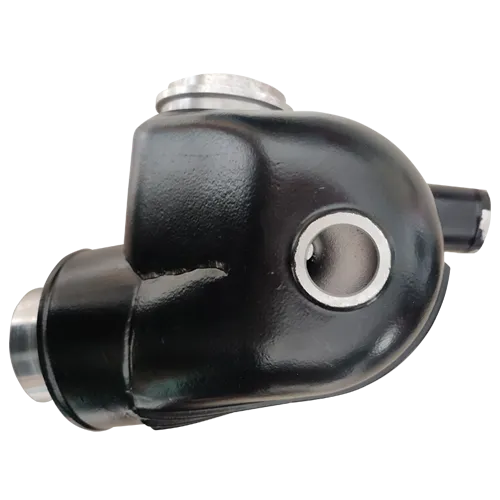Mobile:+86-311-808-126-83
Email:info@ydcastings.com
Effective Techniques for Cold Casting and Creating High-Quality Molds
Successful Cold Casting and Mould Making
Cold casting is an innovative technique that has gained traction in the fields of art, design, and manufacturing. This process allows creators to produce high-quality pieces with intricate details while minimizing the complexities associated with traditional metal casting. By leveraging cold casting and effective mould making, artists and manufacturers can achieve remarkable results, ultimately leading to a more successful outcome.
At its core, cold casting involves combining a resin material with metal powder, such as bronze, aluminum, or copper. The resulting mixture mimics the appearance and texture of solid metal while being significantly lighter and less expensive. This process avoids the high costs and safety hazards associated with molten metal casting, making it accessible to both amateur and professional artisans.
The first step in successful cold casting is the creation of an effective mould. This crucial aspect can make or break the overall outcome of the final product. Moulds can be created from various materials, including silicone, plaster, or even reusable materials like fiberglass. Silicone moulds are popular due to their flexibility and ability to capture fine details. When crafting a mould, it is important to ensure that it is well-formed, devoid of air bubbles, and capable of withstanding the resin mixture’s heat during the curing process.
Once the mould is prepared, the next step is to select the right materials for cold casting. The choice of resin and metal powders plays a significant role in the final appearance and durability of the piece. Resin types vary in terms of flexibility, brittleness, and color, allowing artists to tailor the properties of their projects according to their specific needs. Additionally, mixing different metal powders with resin can create unique finishes, such as a polished look or a rust effect, broadening the possibilities for creative expression.
successful cold casting and mould making

The mixing process itself requires precision. The ratio of resin to metal powder affects not only the visual quality but also the strength of the final product. Too much powder may make the mixture difficult to pour and cure, while too little can result in a flimsy result that lacks the desired metallic sheen. Following the manufacturer’s instructions for both resin and powder, and conducting small test batches, can help achieve the ideal mix.
Once the resin and metal powder are thoroughly combined, the mixture is poured into the mould. Here, it is critical to ensure there are no trapped air bubbles, as these imperfections can compromise the final finish. Vibrating the mould gently or using a vacuum chamber can help eliminate trapped air during pouring. After the pouring process, the casting needs adequate time to cure. The curing time varies depending on the resin type and environmental conditions, so patience is essential!
After the cast has cured, demoulding can take place. This moment holds excitement but also requires care to prevent damaging the newly formed piece. The final finishing touches may include sanding, polishing, or applying patinas to enhance the metallic appearance, adding depth and character to the artwork.
In conclusion, successful cold casting and mould making can yield stunning results, marrying the allure of metal with the accessibility of resin. By focusing on high-quality mould creation, selecting appropriate materials, precise mixing, and careful finishing, artists can bring their creative visions to life. Whether for decorative art pieces, prototypes, or functional items, the techniques of cold casting open a world of possibilities, allowing creators to push the boundaries of their artistic endeavors. Embracing this technique can lead to a fulfilling and prosperous journey in the realm of art and design.
-
Why Is Choosing the Right Motor Housing Critical for Engine Performance?NewsJul.18,2025
-
Which Impeller Types Best Optimize Your Pump’s Efficiency?NewsJul.18,2025
-
Optimize Maintenance Efficiency with Durable Oil Catch SolutionsNewsJul.18,2025
-
Maximize Pump Performance with Precision-Engineered ComponentsNewsJul.18,2025
-
Elevate Industrial Flow Systems with Precision-Engineered ComponentsNewsJul.18,2025
-
Boost Durability and Functionality with Precision Power CastingsNewsJul.18,2025











